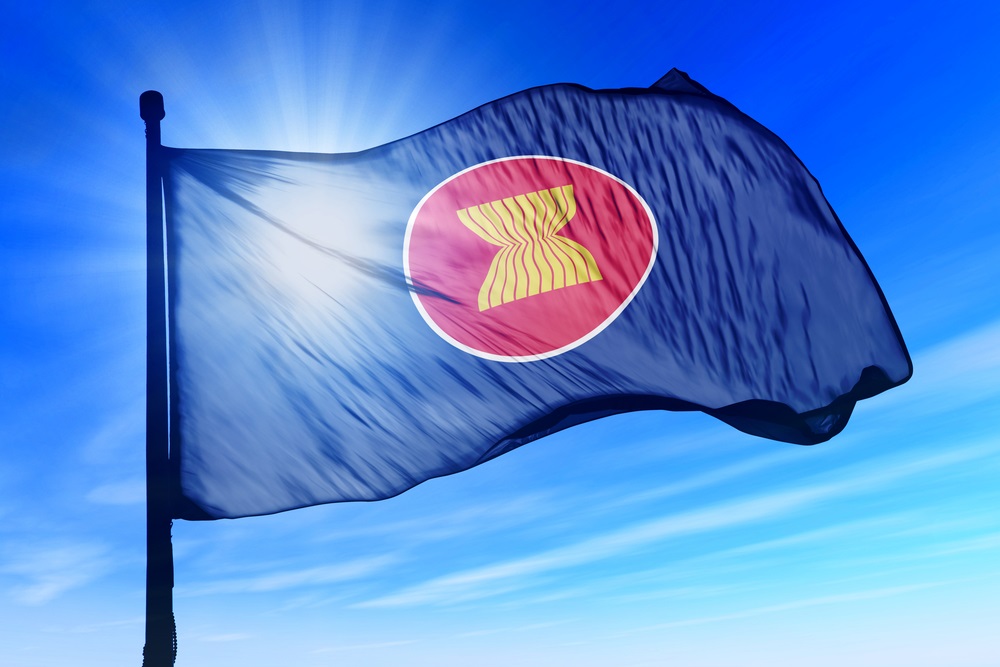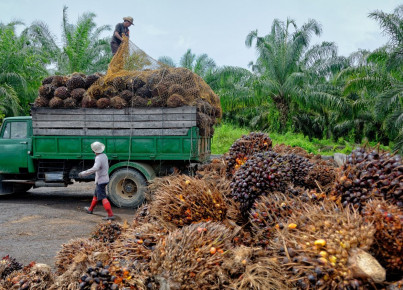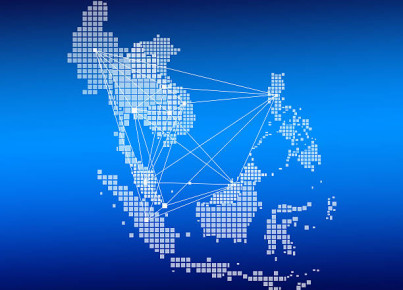Diversification, regional integration and a resilient development plan. These are the three tools with which South-East Asia can strengthen its role
Editorial by Lorenzo Lamperti
As we know, ASEAN has always been a cornerstone of a 'third way' of global diplomacy, based on neutrality and pacifism. In a context like the current one, between the war in Ukraine and various turbulences that also reach the Asia-Pacific area, it becomes even more urgent for South-East Asia to succeed in strengthening its policy of 'non-alignment', or rather 'non-confrontation'. Perhaps by linking its vision with that of those who have the same needs, that is, to avoid decoupling or a return of a world divided into blocs. How are the countries of the ASEAN group trying to pursue this goal? The first tool, identified by Xue Gong of Nanyang Technology University in Singapore, is that of diversification. In the area of regional connectivity, for example, South-East Asia has been looking for more partners to help meet the need for regional infrastructure. In addition to China's Belt and Road and Japan's Partnership for Quality Infrastructure, other platforms to enhance regional integration are also being explored, such as the Asean-Europe Connectivity Agenda and the Asean Regional Integration Support from the EU (ARISE) programme. The second tool is to strengthen regional integration. By keeping regional dialogues open and leveraging their strategic value for economic benefits, ASEAN member states have been able to collaborate with various regional actors to strengthen economic integration. An important example is the Regional Comprehensive Economic Partnership (RCEP). The last tool, according to Xue Gong, is the definition of a resilient development plan. Compared to the Cold War period, today non-aligned countries would have access to more resources due to economic interconnection. Because they have prospered through regional integration, South East Asian elites understand better than anyone the importance of an open regional economy that attracts private investment and mutually beneficial trade relations. A strong, attractive and densely connected South East Asian market increases the participation of other countries in the region, including that of the great powers. And in the more globalised world of the 21st century, ASEAN can truly elevate its status not only commercially but also diplomatically by fostering interaction between the powers.






